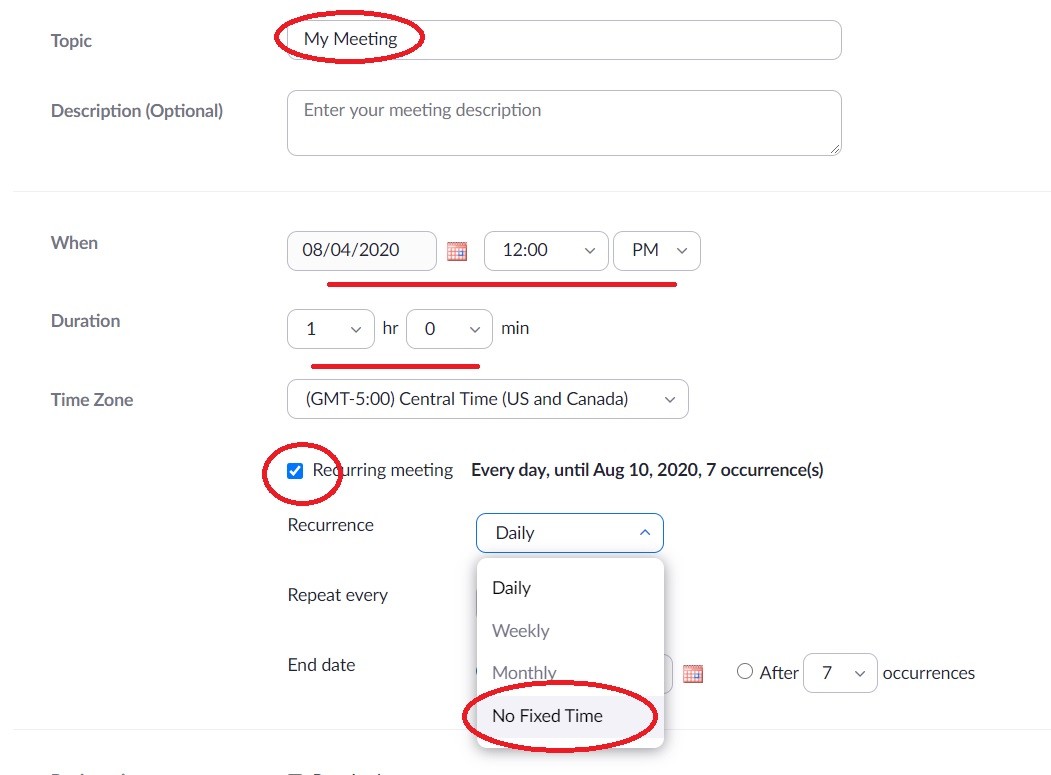

Use gallery view as your meeting layout.Using video strategically can help keep students engaged. Invite participants (students) to the meetingĭistance learning can feel impersonal, unfamiliar, or even awkward for some students.Create a Zoom account using your IU email and passphrase.Visit the Zoom Download Center for the Zoom meeting client.

Set up your Zoom account and practice using Zoom before you use it to host a class. With Zoom, you can collaborate and host class sessions online through high-quality video and audio, breakout rooms for group activities, the ability to record and download meetings, and more features to facilitate distance learning. Ultimately, "employees really just need more autonomy," Dust adds, citing location flexibility, a more accommodating schedule, fewer work hours and "options to ensure they have better self-care, wellness, and work-family balance.Zoom is a tool available to all faculty, students, and staff at IU. Essentially, he says, an effective meeting doesn't have to mean everyone gathers at the same time and place to share information. One strategy he wants to see more organizations adopt is asynchronous video, where an individual or team can record talking points and share it for others to watch at a later time. "What's more impactful is larger-scale changes in organizational culture," Dust says. While Dust recognizes some advantages of providing a more integrated user experience, such as not having to click through several browser screens and ensuring everyone's seeing the same presentation at once, he tells CNBC Make It that 16 months into remote work during the pandemic, "employees have become accustomed to using applications outside of Zoom that allow them to collaborate in real time."īut Dust's overarching concern is that organizations take the time to reexamine their culture and how they support their employees in the long-term.

Some of these basic concerns aren't addressed and could in fact get worse with tools that keep users in the video app, says Scott Dust, an organizational behavior expert and a professor of management at Miami University in Ohio. His research shows some of the main causes of this fatigue are excessive eye gaze, seeing yourself reflected back at you for many hours a day, being tethered to one physical location for extended periods of time and increased difficulty in interpreting non-verbal cues. Jeremy Bailenson, a professor at Stanford University who's researched Zoom fatigue, says videoconferencing platforms like Zoom are designed "to allow various forms of exhaustion and fatigue - socially, emotionally, and physically," he told CNBC in May.


 0 kommentar(er)
0 kommentar(er)
